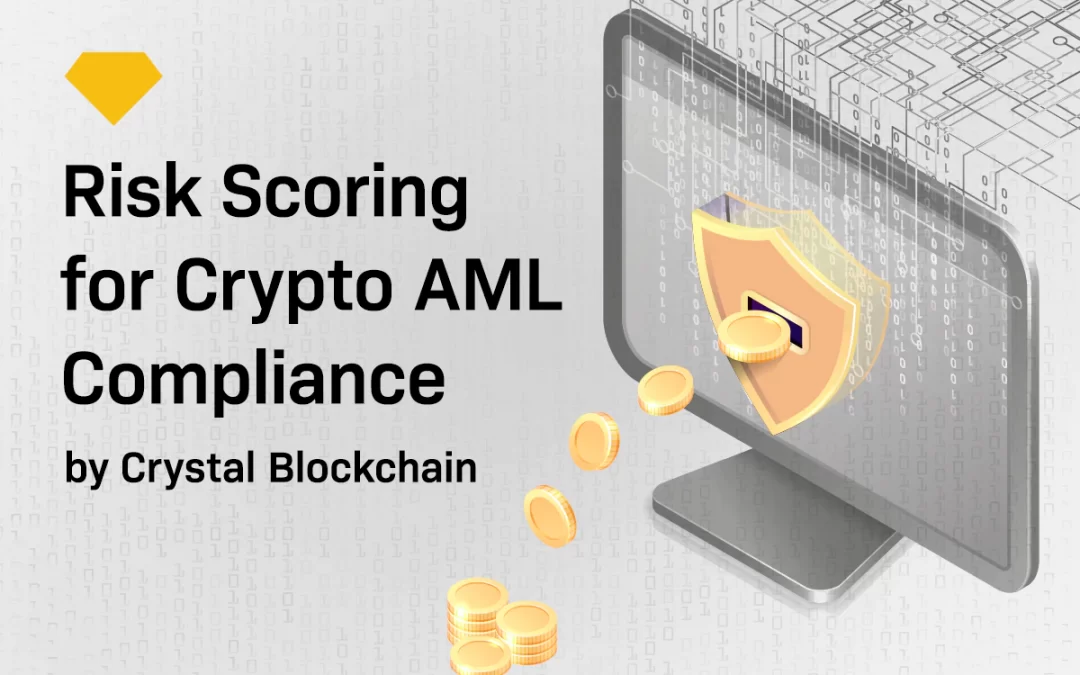Crypto industry regulations are evolving quickly along with the market’s unprecedented worldwide growth. As both risks and regulations intensify, crypto service providers around the world must take action to safeguard their interests by ensuring they comply with these regulations.
A set of critical safeguarding rules are common to any cryptocurrency transaction, wherever the jurisdiction: tracking blockchain transactions to identify suspicious entities, updating policies and aligning with the latest regulatory requirements, customizing monitoring mechanisms to identify specific risks, conducting consistent risk assessment exercises and studying historical transaction data to identify suspicious trends. In theory, this is all clear. But in practice there is a huge disparity in attitudes and regulations across different markets around the world, making it difficult for businesses to comply at a global level.
A glance at current regulatory trends illustrates the point. For example, cryptocurrencies are legal across the European Union but exchange regulations depend on individual member states. In the U.K., Australia and New Zealand, national policies governing this sector are still in the development phase. Canada and the United States continue to develop regulations to categorize cryptocurrency platforms under well-defined legal brackets. At the other extreme, China has drastically tightened its regulations, effectively banning crypto activity in the country.
The U.S. continues to refine its existing regulations, with a focus on tackling tax evasion. Various governmental agencies such as the Securities and Exchange Commission and the Commodity Futures Trading Commission have been in active discussions with the Senate Banking Committee on the best ways to regulate, tax and mitigate the risks of crypto. In Singapore, the Monetary Authority of Singapore (MAS) has introduced the Payment Service Act (PSA), requiring an entity to obtain a license to process any crypto transactions, storage or exchanges.
It’s clear that differences and uncertainties across global regions are affecting both customers and counterparties. This is problematic on both theoretical and practical levels. The key is in transposing existing regulations on Know Your Customer (KYC) and Anti-Money Laundering (AML) into the world of crypto. It’s useful to look at Switzerland on this issue, where the Swiss Financial Market Supervisory Authority (FINMA) is a highly proactive regulator of crypto assets and something of a pioneer in the field, incorporating some of the most stringent AML and KYC policies in the world. Here, exchanges – or, more broadly, VASPs (Virtual Asset Service Providers) – must carry out enhanced due diligence with respect to AML and CFT (Combating the Financing of Terrorism). They must also apply stringent KYC checks in line with the AMLA (Anti-Money Laundering Act).
Making crypto transactions safe
The rapid changes of this multi-jurisdictional environment present unique challenges for global crypto firms. One solution to this compliance puzzle lies in assigning risk scores to each counterparty in a crypto trade.
Crystal Blockchain does this through its Entities Directory. This allows market participants to assess the safety of every transaction and allows governments and law enforcement agencies to make decisions related to specific organizations. The Entities Directory unpacks the raw network of wallets and transactions by collating multi-blockchain data and grouping it for easier readability. It analyzes spending patterns and other heuristics, identifying real-world entities along with the internal AML/KYC policy of each entity and highlighting high-risk connections with red flag indicators.
In essence, it connects clusters with real-world entities to deliver a vital risk score, based on the likelihood that they are involved in or facilitate illicit activity. From a regulatory standpoint, this tool brings much-needed transparency and simplicity to the cryptocurrency world. It’s designed to help navigate the continually shifting global regulatory landscape with clarity and precision.














